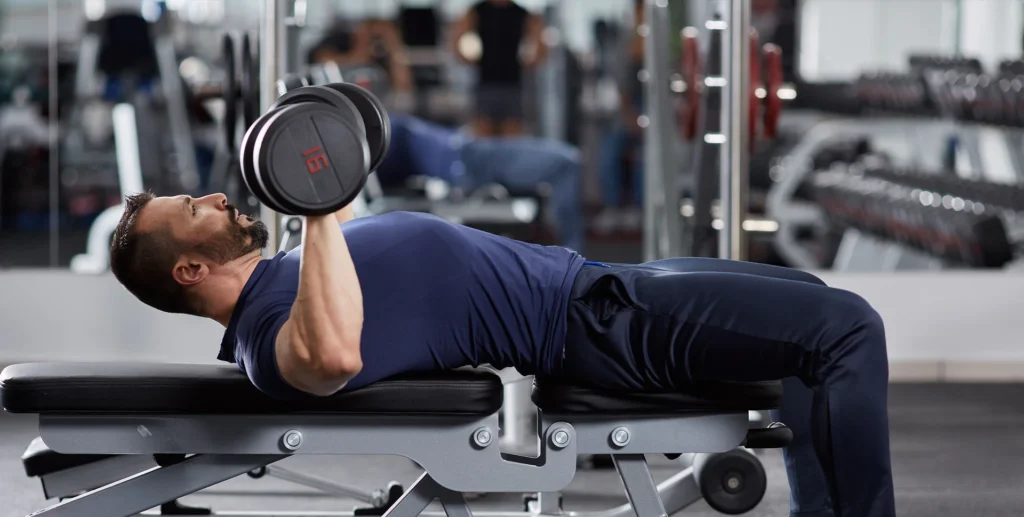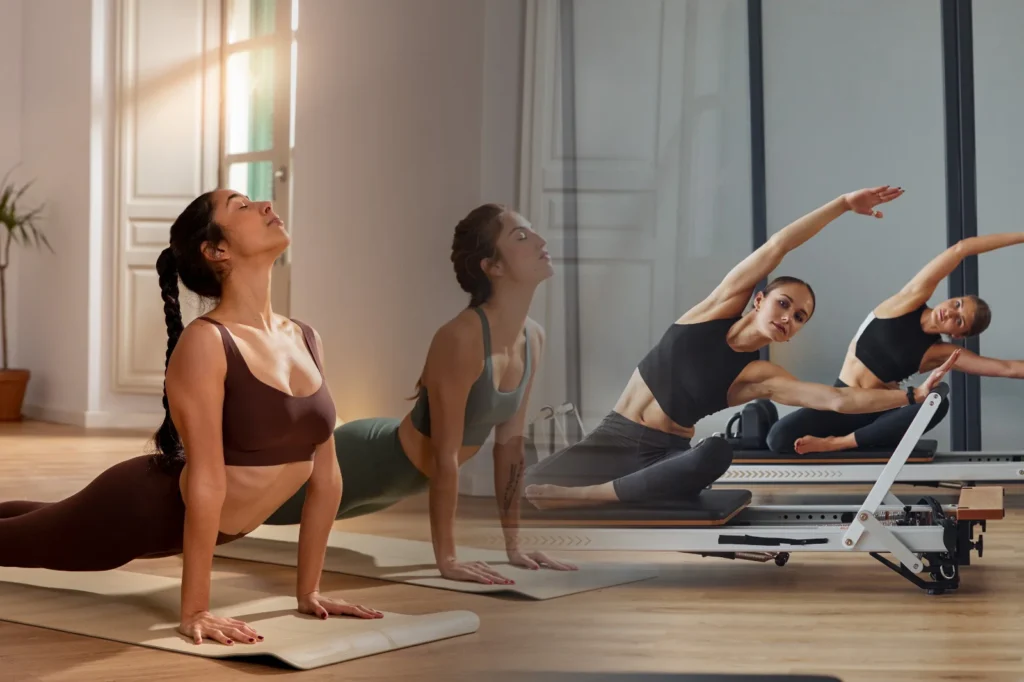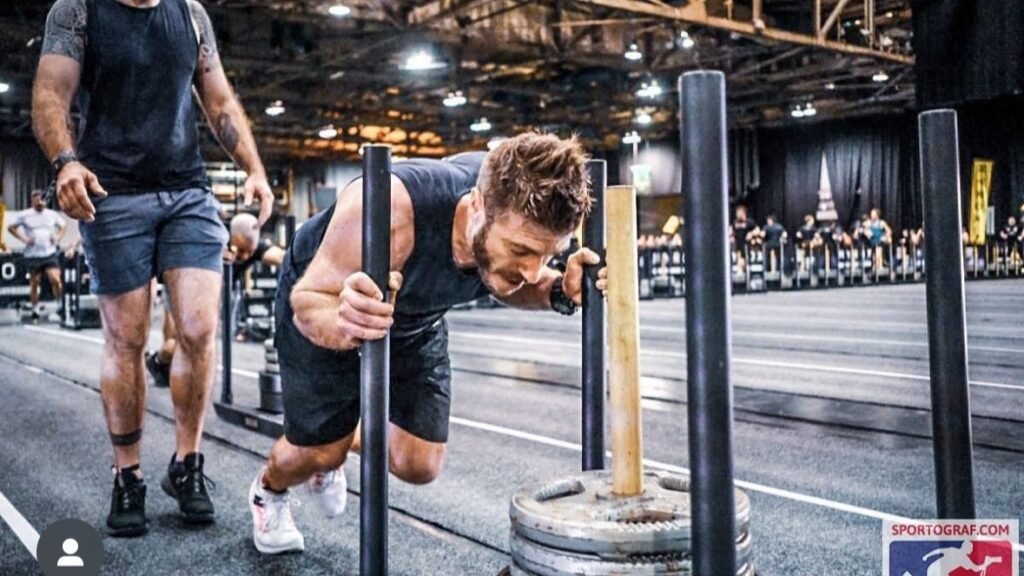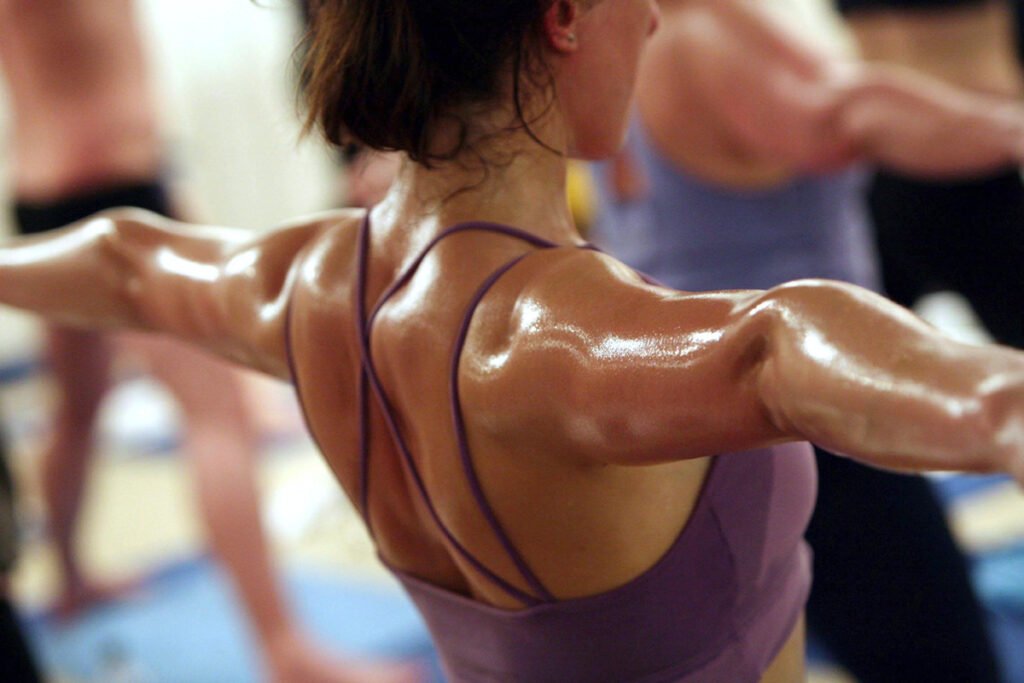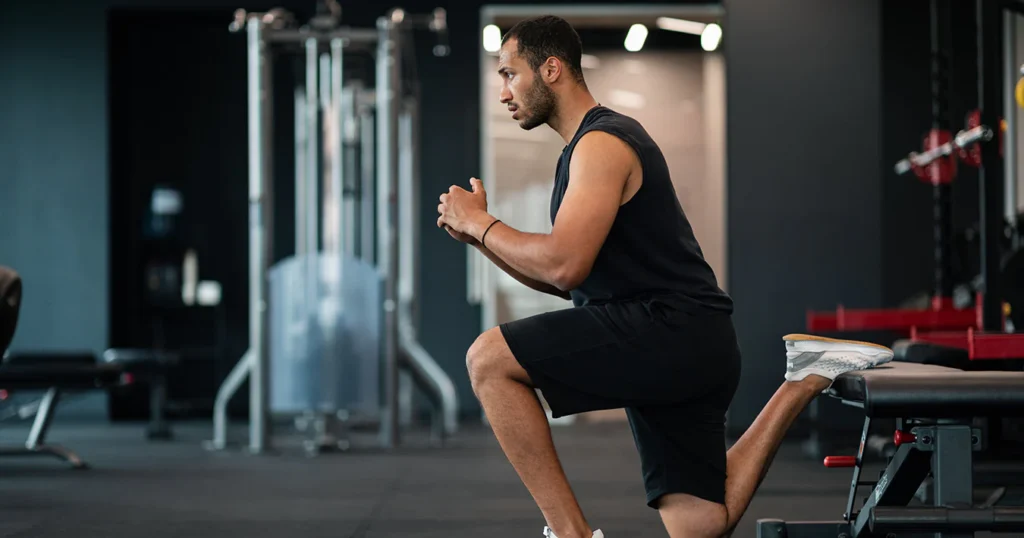Bikram Hot Yoga Poses 26/2 [ Full Guide Explained ]
Bikram Hot Yoga Sequence: A Comprehensive Guide for Wellness Warriors Welcome, Wellness Warriors! Today, we’re diving deep into the world of Hot Yoga, specifically focusing on the Bikram Hot Yoga sequence. This powerful and transformative style of yoga has gained immense popularity for its numerous health benefits and challenging nature. In this comprehensive guide, we’ll explore the Bikram sequence in detail, providing you with accurate information and entertaining insights to help you become an authority in this unique wellness practice. Introduction to Bikram Yoga Bikram Yoga, named after its founder Bikram Choudhury, is a style of yoga practiced in a heated room. This form of hot yoga consists of a specific sequence of 26 postures and two breathing exercises, performed over a 90-minute session. The practice takes place in a room heated to approximately 105°F (40.6°C) with a humidity of 40%, creating a challenging and sweat-inducing environment. The Bikram sequence is designed to work every part of the body, from the inside out. It aims to improve strength, flexibility, balance, and overall well-being. The heated room helps to warm up the muscles, increase flexibility, and promote detoxification through sweating. Quick History of Bikram Hot Yoga Bikram Hot Yoga is a unique style of hot yoga that was popularized by Bikram Choudhury in the early 1970s. Choudhury, born in Kolkata, India, in 1946, began practicing yoga at a young age under the guidance of Bishnu Ghosh, a renowned physical culturist and the younger brother of Paramahansa Yogananda.The concept of practicing yoga in a heated environment originated when Choudhury was teaching in Japan. He observed that his students enjoyed using saunas during their breaks, which inspired him to experiment with heating his yoga studio. This led to the development of a structured sequence of 26 postures performed in a room heated to approximately 105°F (41°C) with high humidity, creating an environment that enhances flexibility and promotes detoxification through sweating. Bikram Hot Yoga quickly gained popularity in the United States, where it became synonymous with Bikram hot yoga. The practice is characterized by its fixed sequence of poses, which are designed to systematically work every part of the body, improving strength, flexibility, and overall health. From the 1970s until around 2010, Bikram Hot Yoga was often regarded as the definitive form of hot yoga, inspiring many other styles and classes that adopted similar heated practices. However, the brand faced challenges in recent years due to controversies surrounding Choudhury, including legal issues and allegations of misconduct, which have impacted its reputation. Despite these challenges, Bikram Hot Yoga remains a significant part of the yoga landscape, continuing to attract practitioners who seek its unique benefits and rigorous practice. The Benefits of Hot Yoga Bikram Sequence Before we delve into the specific poses, let’s explore some of the key benefits of practicing the Bikram sequence: 1. Improved Flexibility: The heat in the room allows for greater flexibility of the spine and other joints, reducing the risk of injury and improving overall range of motion. 2. Enhanced Cardiovascular Health: The combination of heat and challenging poses elevates the heart rate, providing a great cardiovascular workout. 3. Detoxification: Profuse sweating helps to flush toxins from the body, supporting the function of the immune system and internal organs. 4. Stress Relief: The focus required during practice, combined with deep breathing exercises, helps to calm the nervous system and reduce stress. 5. Weight Loss: Hot yoga sessions can burn a significant number of calories, making it an effective tool for weight management. 6. Improved Circulation: The sequence of poses promotes better blood circulation throughout the entire body, delivering fresh blood and oxygen to various organs and tissues. 7. Pain Relief: Many practitioners report relief from lower back pain, knee pain, and other chronic discomforts. 8. Mental Clarity: The challenging nature of the practice promotes mental focus and clarity, carrying over into daily life. Now, let’s explore the Bikram yoga sequence in detail, breaking down each pose and its benefits. You also want to learn about Yin Yoga, click here! The Bikram Yoga Sequence: 26 Poses and 2 Breathing Exercises Pranayama (Breathing Exercise) The Bikram Hot Yoga class begins with a deep breathing exercise to prepare the body and mind for the practice ahead. This exercise helps to oxygenate the blood, calm the nervous system, and focus the mind. Standing Deep Breathing (Pranayama) ✔ Stand with feet together, hands interlocked under the chin ✔ Inhale deeply through the nose, lifting the elbows ✔ Exhale slowly through the mouth, lowering the elbows ✔ Repeat for 6-8 breaths Standing Series The standing series forms the first half of the Bikram sequence, focusing on building strength, balance, and flexibility in the lower body and core. 1. Half Moon Pose (Ardha Chandrasana) with Hands-to-Feet Pose ✔ Stand with feet together, arms over head ✔ Bend sideways, creating a crescent shape with the body ✔ Repeat on both sides ✔ Then, bend forward, touching the floor while keeping legs straight Benefits: Stretches the entire body, particularly the side body, abdominal muscles, and hamstrings. Improves balance and spinal flexibility. 2. Awkward Pose (Utkatasana) Perform three variations, each focusing on different aspects of the lower body ✔ First part: Rise onto toes, sink hips as if sitting in a chair ✔ Second part: Balance on heels, lifting toes ✔ Third part: Full squat with heels raised Benefits: Strengthens the lower body, particularly the thighs, calves, and ankles. Improves balance and core strength. 3. Eagle Pose (Garudasana) ✔ Stand on one leg, wrapping the other leg around the standing leg ✔ Wrap arms in front of the body ✔ Hold and repeat on the other side Benefits: Improves balance, concentration, and flexibility in the hips and shoulders. Strengthens the legs and core. 4. Standing Head-to-Knee Pose (Dandayamana-Janushirasana) ✔ Stand on one leg, holding the other foot with interlaced fingers ✔ Extend the held leg forward while bending the standing leg ✔ Bring forehead to knee if possible Benefits: Improves balance, flexibility in the hamstrings and lower back. Strengthens
Bikram Hot Yoga Poses 26/2 [ Full Guide Explained ] Read More »



